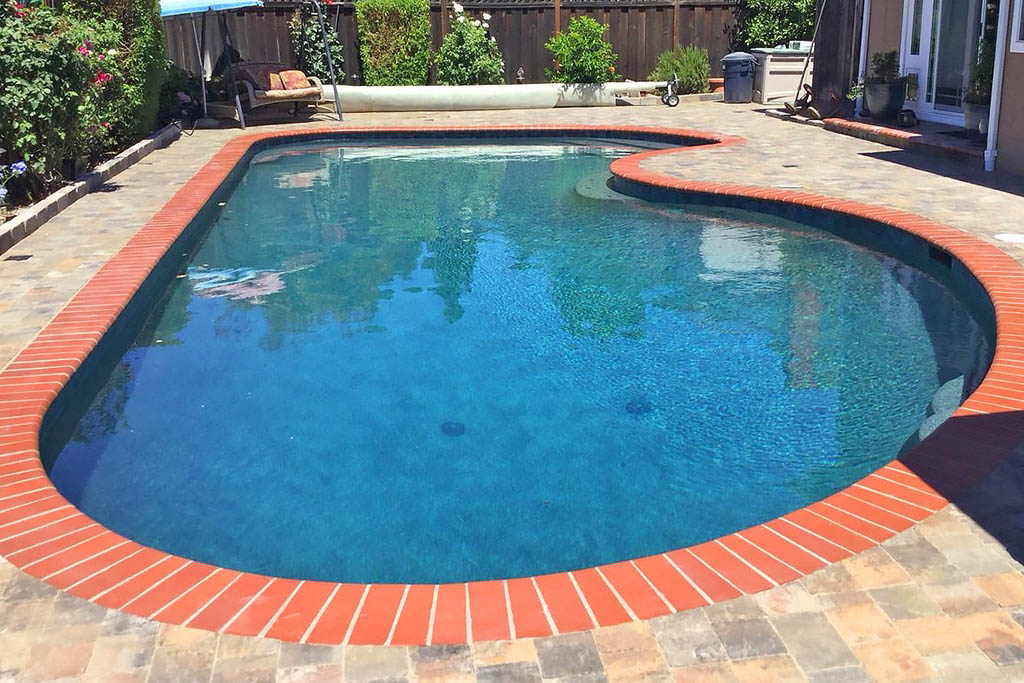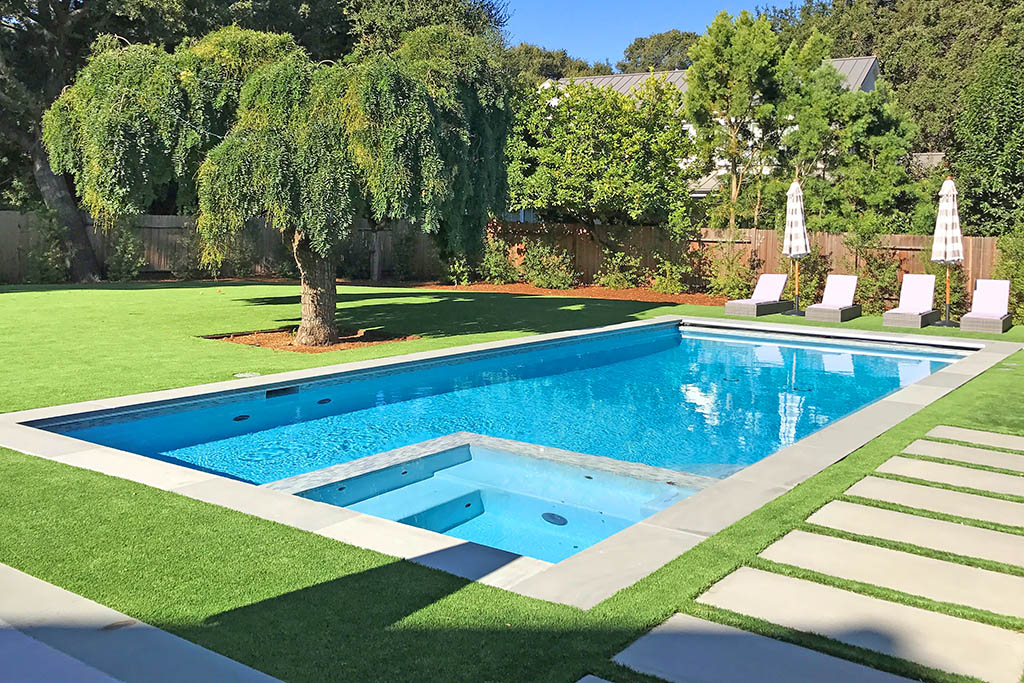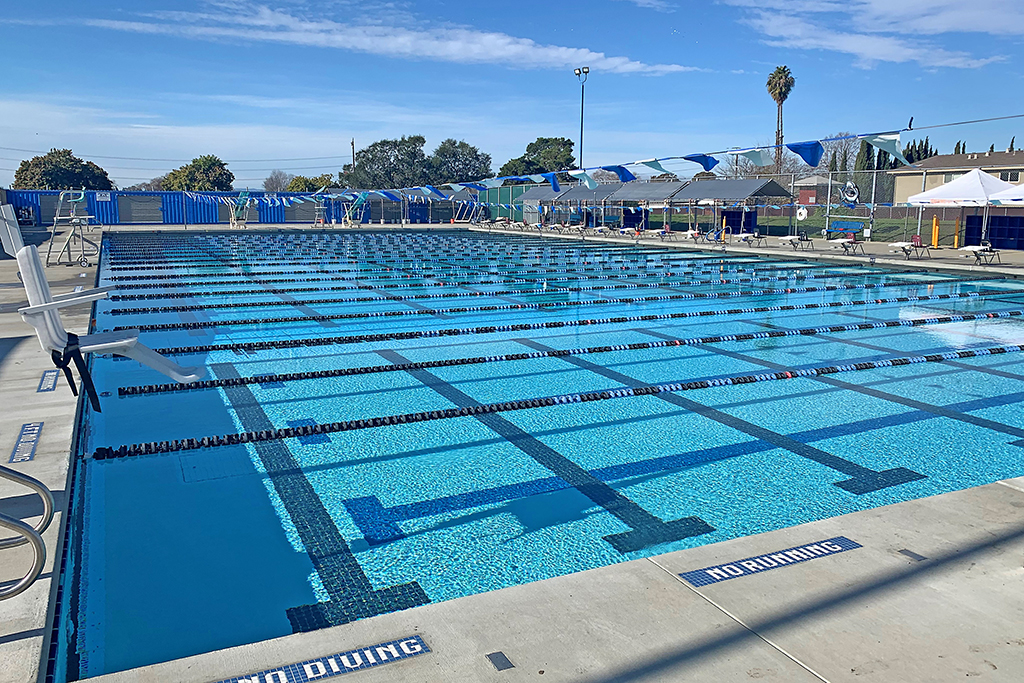Introduction
When it comes to business pools, picking the right product is critical. The debate of Concrete vs. Fiberglass has actually been at the forefront of conversations amongst pool owners, specialists, and designers alike. Both materials offer unique benefits and can considerably affect your pool's durability, upkeep requirements, and visual appeal. In this extensive guide, we look into different elements of each material to help you make a notified choice for your next swimming pool restoration or building project.
Concrete vs. Fiberglass: Selecting the Right Material for Commercial Pools
In this section, we'll check out the important characteristics that differentiate concrete from fiberglass pools. Comprehending these differences will provide clarity on which choice matches your particular needs in terms of toughness, cost-effectiveness, and style flexibility.
1. Summary of Pool Materials
1.1 Concrete Pools
Concrete pools have actually long been a staple in both domestic and industrial settings due to their effectiveness and versatility. Built utilizing a steel-reinforced structure covered with plaster or other surfaces, they enable customized shapes and sizes that fulfill numerous design requirements.
1.2 Fiberglass Pools
Fiberglass swimming pools are pre-manufactured structures made from formed fiberglass composite products. They are available in standardized sizes and shapes however offer smoother surface areas that typically require less maintenance over time.
2. Durability Comparison
2.1 Longevity of Concrete Pools
Concrete swimming pools are renowned for their toughness; they can last a number of decades if effectively maintained. Nevertheless, they are vulnerable to splitting with time due to soil movement or temperature fluctuations.

2.2 Longevity of Fiberglass Pools
Fiberglass pools normally have a life expectancy of about 25-30 commercial pool construction years but are less prone to cracking compared to their concrete equivalents due to their versatile nature.
3. Maintenance Requirements
3.1 Pool Remodelling Requirements for Concrete Pools
When it concerns pool remodelling for concrete structures, you may require services like pool replastering every couple of years depending on wear and tear.

3.2 Swimming pool Restoration Needs for Fiberglass Pools
Fiberglass pools often need less frequent upkeep; nevertheless, they may still need repairs or resurfacing after prolonged use.
4. Expense Implications
4.1 Preliminary Expenses of Concrete Swimming Pool Construction
The in advance financial investment in concrete swimming pools tends to be greater due to labor-intensive building procedures and product costs.
4.2 Initial Expenses of Fiberglass Pool Installation
While fiberglass swimming pools might bring lower initial costs than concrete options, extra costs might develop during setup if website preparation is needed.
5. Aesthetic Appeal & Style Flexibility
5.1 Customization Options with Concrete Pools
Concrete uses unlimited customization possibilities-- shapes, sizes, depths-- you call it! This makes them extremely appealing for distinct designs tailored to industrial settings.
5.2 Aesthetic Limitations of Fiberglass Pools
On the other side, fiberglass pools include pre-set styles which can limit innovative flexibility in terms of aesthetics.
6. Surface Area Texture & Feel
6.1 The Roughness Element: Concrete Pools
Concrete surfaces can be rough if not correctly ended up resulting in pain while swimming unless properly tiled or coated.
6.2 Smooth Cruising: Fiberglass Pools
Fiberglass boasts a smooth surface area that decreases skin inflammation and improves total swim experience-- a pool renovation substantial advantage!
7. Installation Timeframes
7.1 Timeline for Concrete Pool Construction
Installing a concrete pool can take several weeks to months depending on weather and complexity-- persistence is key!
7.2 Timeline for Fiberglass Swimming Pool Installation
Conversely, fiberglass setups are typically quicker as they include fewer steps since the shell is delivered ready-made.
8. Chemical Balance & Water Quality Management
Maintaining water chemistry is important for both types of pools however differs somewhat based upon product properties:

- Concrete needs more mindful pH balance management due to its permeable nature. Fiberglass surface areas tend to resist algae growth better due to their smooth finish.
9. Environmental Considerations
As sustainability becomes significantly important in construction:
- Concrete production releases CO2 however provides longevity. Fiberglass utilizes less water throughout its lifecycle however includes non-biodegradable materials.
Both have their benefits and drawbacks when seen through an ecological lens.
10. Industrial Swimming Pool Resurfacing Needs Over Time
Regardless of initial choice in between concrete vs fiberglass, both types might need routine resurfacing:
- For concrete: anticipate pool resurfacing every 10-15 years. For fiberglass: minor repair work or refinishing about every 20 years can suffice.
11. HOA Pool Renovation Guidelines
Homeowners Associations frequently enforce specific guidelines relating to business swimming pool remodellings:
- Ensure compliance when planning any pool remodeling projects. Consult HOA guidelines before diving into pool coping replacement or other substantial updates.
FAQs
Q1: What are the main benefits of selecting a concrete pool?
A1: Concrete swimming pools offer unequaled personalization alternatives, sturdiness against weather condition components, and different finishing designs that improve visual appeal.
Q2: Are fiberglass swimming pools much easier to maintain than concrete ones?
A2: Yes! The smooth surface of fiberglass needs less chemicals and less frequent cleansing compared to porous concrete surface areas that draw in algae more easily.
Q3: How long does it normally take to install a fiberglass pool?
A3: Normally, fibreglass setups can be finished within a week supplied site conditions are favorable-- much quicker than traditional concrete setups!
Q4: Can I redesign my existing swimming pool without replacing it entirely?
A4: Definitely! With choices like pool resurfacing or pool tile installation, you can considerably change your existing setup without complete replacement!
Q5: Does weather impact the durability of my chosen swimming pool type?
A5: Definitely! Severe temperatures can lead to cracking in concrete while fibreglass tends towards versatility making it less vulnerable-- but regular maintenance is crucial regardless!
Q6: What should I think about when preparing HOA-approved renovations?
A6: Constantly review HOA guidelines in advance; ensure any restoration strategies like pool crack repair line up with community standards before beginning work!
Conclusion
In conclusion, whether you're leaning towards a robust concrete structure or the smooth sophistication of a fiberglass pool depends on numerous elements including spending plan restraints, aesthetic choices, and long-term maintenance abilities-- all essential aspects when considering industrial pool building and construction or renovation tasks such as HOA pool renovation Each product has its distinct set of benefits; understanding these nuances enables you higher insight into making an informed decision that meets your specific requirements while abiding by regional guidelines governing security requirements in public aquatic facilities.
Ultimately-- whether opting for long lasting yet personalized concrete or smooth cruising fibreglass-- the right choice boils down not simply technical specifications but also embracing what finest aligns with personal vision and community standards!